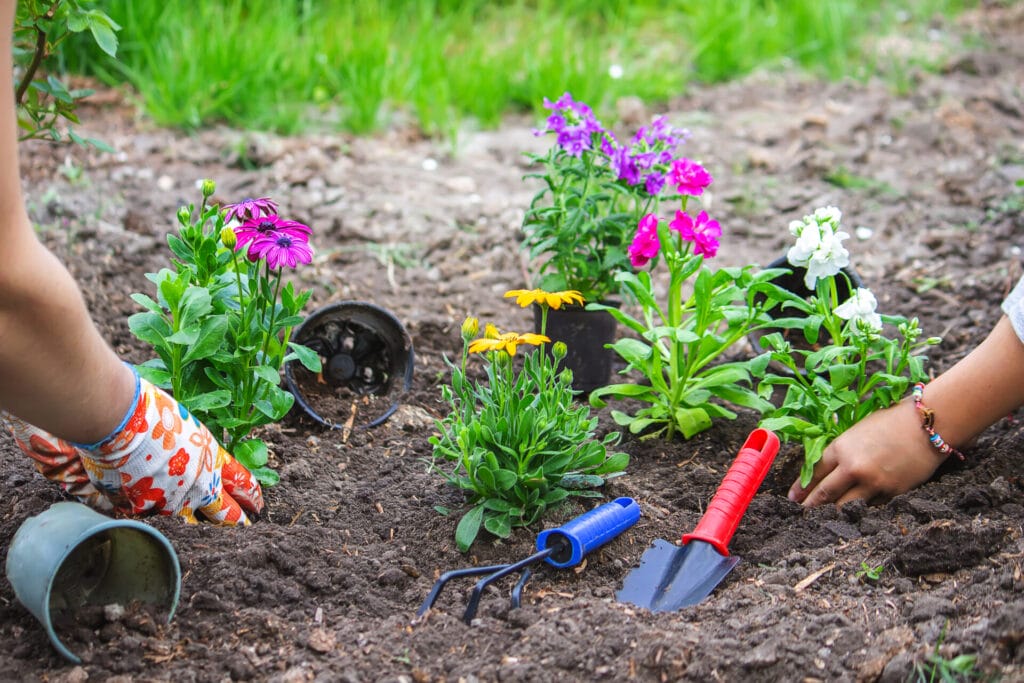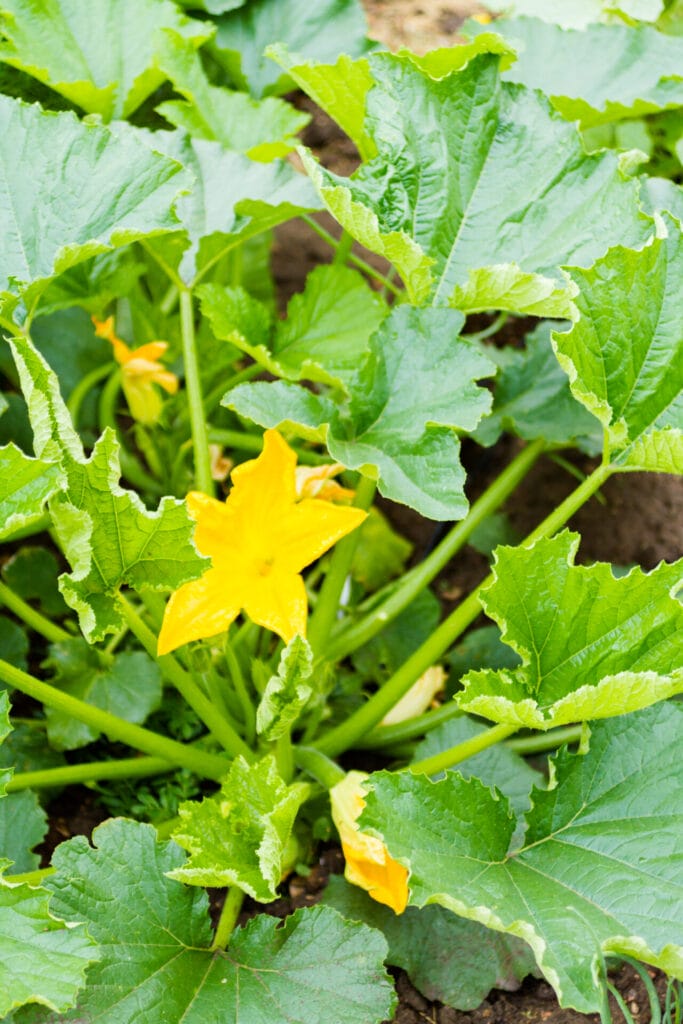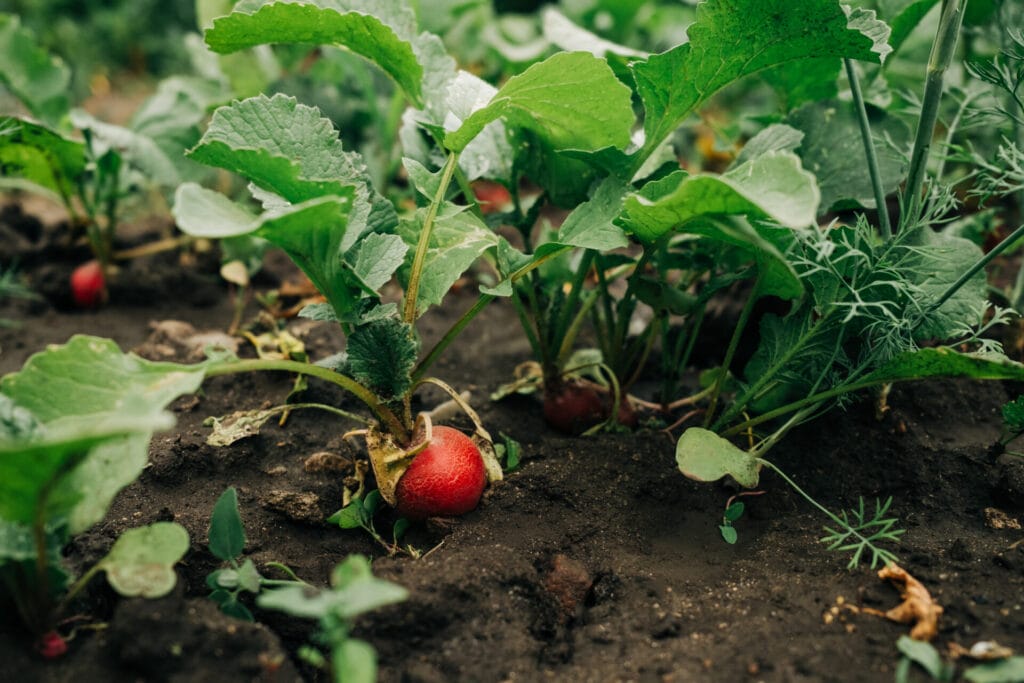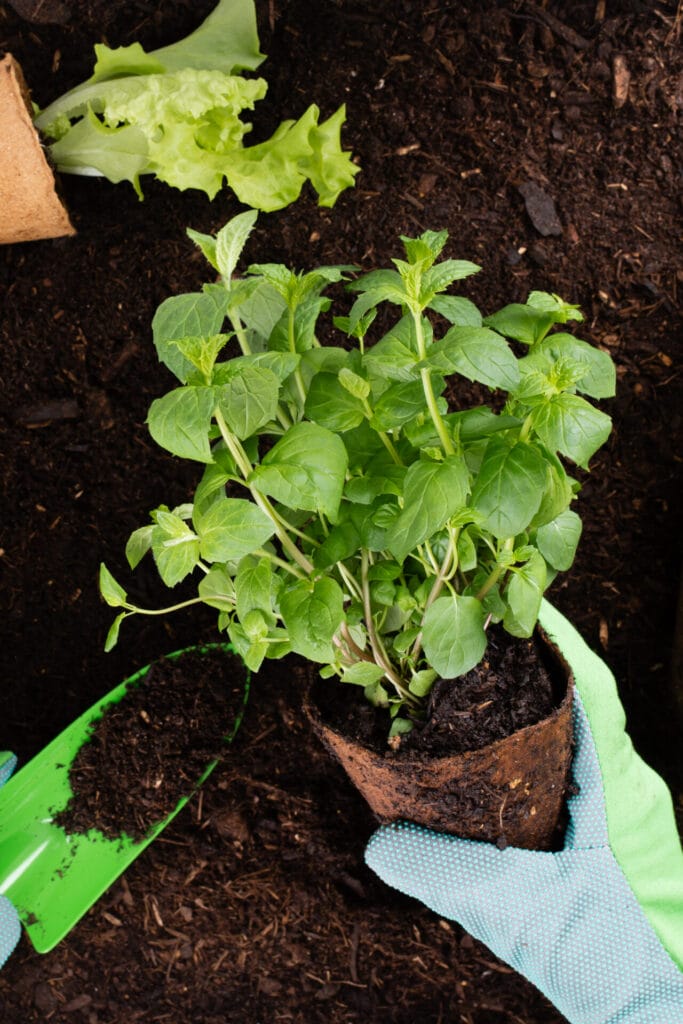
In the realm of gardening, there’s a secret weapon that seasoned gardeners swear by, yet many beginners remain unaware of its power: companion planting. This ancient gardening technique involves strategically planting different crops together to maximize their growth, deter pests, and enhance flavor. In this comprehensive guide, we’ll delve into the fascinating world of companion planting, exploring its benefits, popular plant combinations, and how you can implement this technique in your own garden.

Companion planting is more than just putting plants together; it’s about harnessing the natural synergies between them to create a thriving ecosystem in your garden. By carefully selecting which plants to grow together, you can encourage beneficial relationships that promote growth and deter pests. These relationships can take various forms:
Mutualism: Some plants benefit each other by providing nutrients, shade, or support. For example, tall, sun-loving plants like corn can provide shade for shade-tolerant plants like lettuce or spinach, creating a microclimate that helps them thrive.
Allelopathy: Certain plants release chemicals that inhibit the growth of nearby plants, either to suppress competition or deter pests. For instance, marigolds produce compounds that repel nematodes, making them excellent companions for tomatoes and peppers.
Attracting Beneficial Insects: By planting specific flowers alongside your vegetables, you can attract beneficial insects like bees, ladybugs, and hoverflies, which help pollinate crops and prey on harmful pests.



The benefits of companion planting extend far beyond pest control and enhanced growth. Here are some key advantages:
Natural Pest Control: By harnessing the power of companion planting, you can reduce the need for chemical pesticides by creating a balanced ecosystem where beneficial insects help control pests naturally.
Improved Soil Health: Certain plant combinations can help improve soil fertility by fixing nitrogen, suppressing weeds, and preventing soil erosion, resulting in healthier, more productive gardens over time.
Maximized Space: Companion planting allows you to make the most of limited garden space by planting compatible crops together, optimizing sunlight, water, and nutrients for each plant’s needs.
Now that we’ve explored the principles and benefits of companion planting, let’s take a closer look at some popular plant combinations that you can try in your garden:
Tomatoes and Basil: This classic combination not only enhances the flavor of tomatoes but also helps repel pests like aphids and mosquitoes. Plant basil around the base of tomato plants to deter pests and attract beneficial insects.
Corn, Beans, and Squash (The Three Sisters): Native American tribes have been practicing this companion planting technique for centuries. Corn provides support for beans to climb, beans fix nitrogen in the soil, and squash acts as a living mulch, suppressing weeds and conserving moisture.
Lettuce and Radishes: Radishes help break up compacted soil, making it easier for lettuce roots to penetrate and absorb nutrients. Additionally, planting radishes alongside lettuce can help deter pests like aphids and cucumber beetles.
Marigolds and Tomatoes: Marigolds contain compounds that repel nematodes, root-knot nematodes, and other soil-borne pests that can damage tomato plants. Plant marigolds around the perimeter of your tomato bed to create a natural barrier against pests.



Now that you’re familiar with the principles and popular combinations of companion planting, it’s time to put this knowledge into practice in your own garden. Here are some tips to get you started:
Plan Ahead: Before planting, research which crops are compatible with each other and which combinations offer the greatest benefits in terms of pest control, soil health, and yield.
Rotate Crops: To prevent the buildup of pests and diseases, rotate your crops each season and avoid planting the same crops in the same location year after year.
Interplant: Integrate companion plants throughout your garden rather than planting them in separate beds. This encourages natural pest control and maximizes the benefits of companion planting.
Experiment: Gardening is as much art as it is science, so don’t be afraid to experiment with different plant combinations and techniques to find what works best for your garden.
Companion planting is a time-tested gardening technique that offers numerous benefits for both plants and gardeners alike. By harnessing the power of natural relationships between plants, you can create a harmonious ecosystem that promotes growth, deters pests, and enhances the overall health and productivity of your garden. So why not give companion planting a try in your own garden? You may be surprised by the remarkable results it can yield. Happy gardening!
Share this post:
Check other topics that may help you get more insights for your project:





